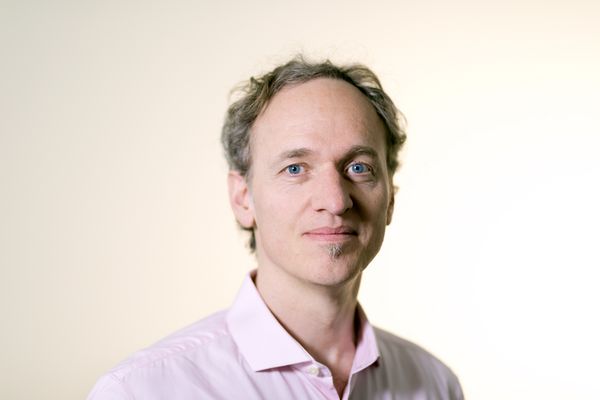
Energy Prosumers as Key Actors in the “Energiewende”
Private Households, Business Enterprises and Communities:
From Consumers to Prosumers
For a long time, the role of private households, business enterprises and individuals in the energy market has solely been that of a consumer. In recent times, however, they increasingly start to attract attention as providers of green decentralized electricity. Private households are no longer consumers only – instead they begin to produce their own green energy: they become „prosumers”. Furthermore, they increasingly use energy management systems and energy storages to balance their own production and consumption. This ranks them as potential candidates for providing ancillary services in the future.
In the decentralized energy system of the future prosumers produce, consume and store energy. For this reason, they are able to exercise various functions in this system. Simultaneously, the dynamics and complexity of the energy system as a whole thereby significantly increase. A differentiated and integrated assessment of the prosumer is therefore necessary. Thus, the IÖW developed a model that systematically analyzes and portrays the prosumers and their impact on the energy system.
The IÖW Energy Prosumer Model – a Brief Outline
The IÖW Energy Prosumer Model allows a new representation of prosumers which makes it possible to evaluate their economic and ecologic potentials. In addition, their effects on the energy system in terms of reducing grid roll-out, displacing conventional energies, or distribution effects can be estimated.
In the model production and consumption are simulated minute-by-minute for a whole year. Therefore, seasonal and short-term effects (e.g. due to clouds) are taken into consideration. The consumption is modeled bottom-up with over 30 electrical devices, where each electrical device has an individual minute-by-minute load profile. The devices used by the prosumer and their efficiency can be determined by chance or set manually. The same holds for the operating time of the devices which can be fixed on a day-by-day basis via a probability function.
The focus in the energy production in the model is on photovoltaic systems. Again, the model is able to simulate different orientations minute-by-minute. Furthermore, various heating technologies (e.g. solar heating, heat pump, low-temperature boiler, hot water storage tank, and fresh water station) can be represented, so there is an integrated analysis of electricity and heating supply.
For the coordination of production and consumption, partially automated as well as fully automated (“smart”) energy management systems are available. Stationary battery storage or electric cars can also be taken into consideration. Due to the modular construction, numerous other technologies can be integrated or measured load profiles can be evaluated for comparison.
The main results of the simulations are self-consumption rates and self-sufficiency rates which result from different technology options and operating scenarios. Alongside, the quantitative and temporal shift of energy supply into and from the grid is also represented. These data are the groundwork for profitability analysis and enable through aggregation the estimation of technical, economic, and social-ecological effects on various stakeholders in the energy system.
A detailed overview of the model, methodology and data basis can be found here.
Here you find references and publications related to the model.
Area of Application
- Systematic analysis of technology options and operating scenarios regarding self-consumption, self-sufficiency, electricity supply into and from the grid
- Estimation of the involved technical, economic and social-ecological effects on different stakeholders in the energy system, e.g.:
- Transformation of needs and demands of electricity and heat as a background for the procurement planning of energy providers as well as estimations on the need for grid expansions in distribution grids
- Influence of the amount of various elements of the electricity price such as grid fees, feed-in tariff surcharge (German "EEG"), and other income distribution effects
- Ecological benefit, in particular greenhouse gas emissions
- Optimization of an all technologies including support policy
- Identification and evaluation of new business models
Here you find specific services offered by the IÖW in relation to the model.
Contact

Prof. Dr. Bernd Hirschl
Berlin Office
Telefon: +49 30-884-594-26
Team
Dr. Astrid Aretz
Mark Bost
Dr. Swantje Gährs

